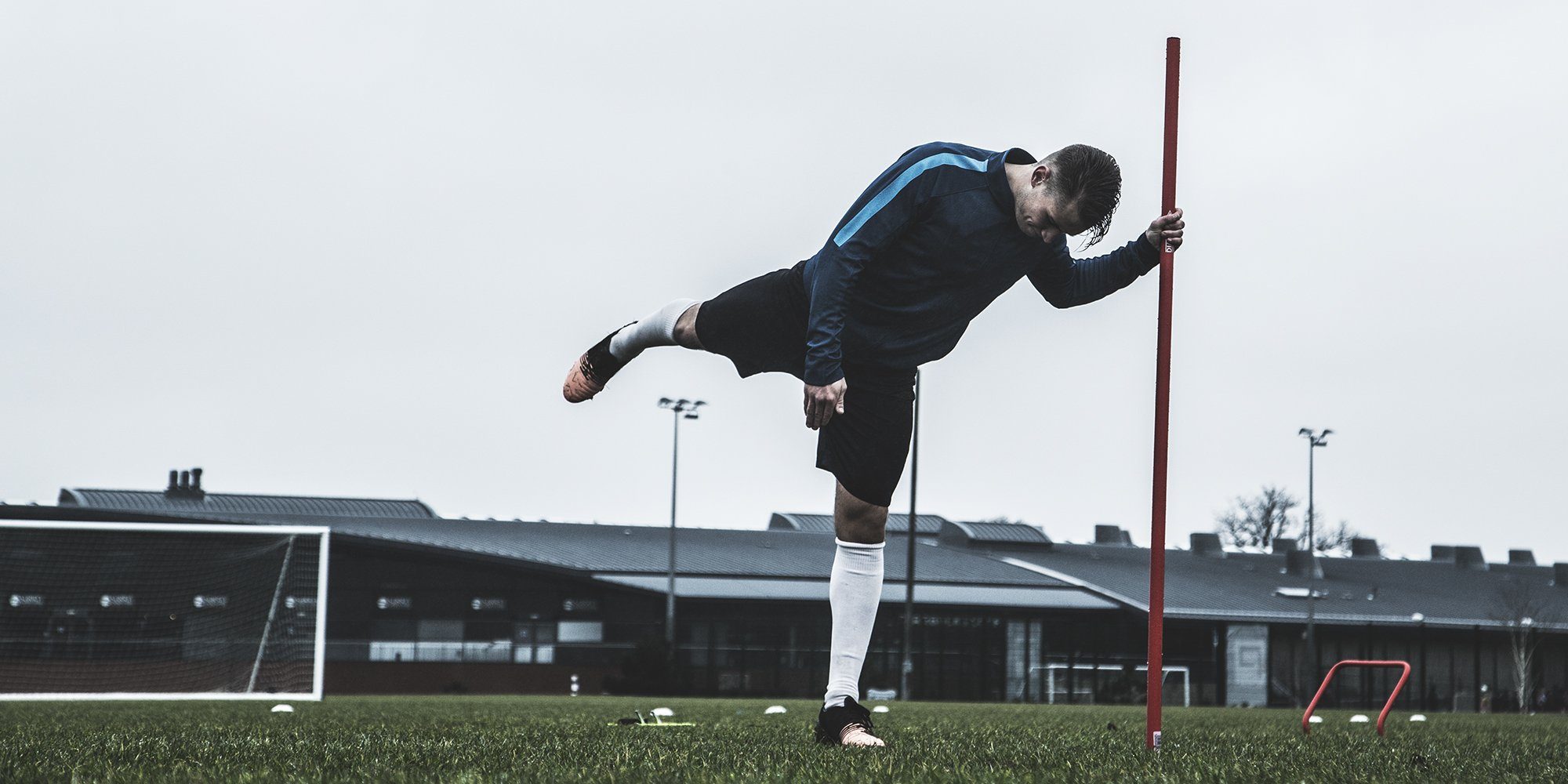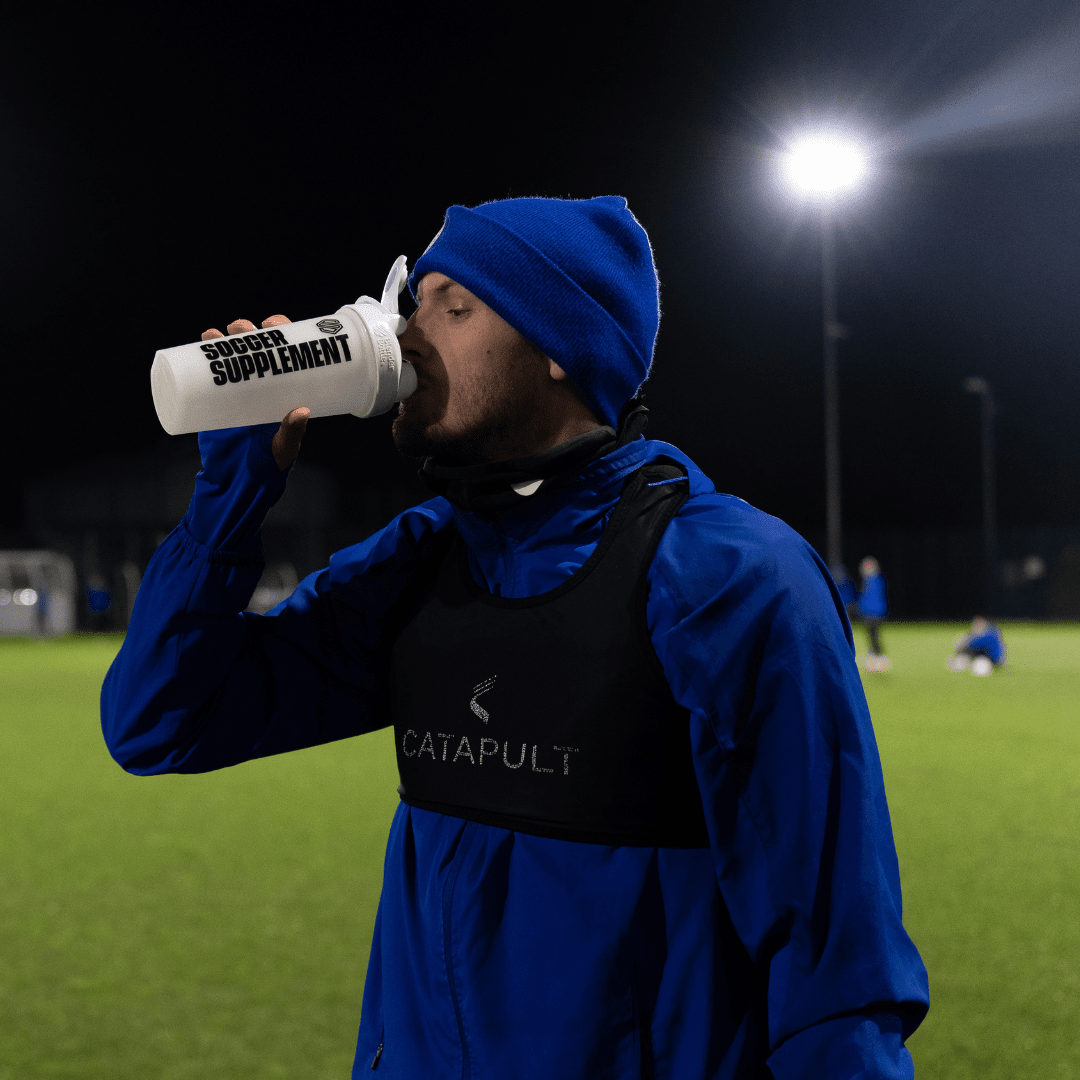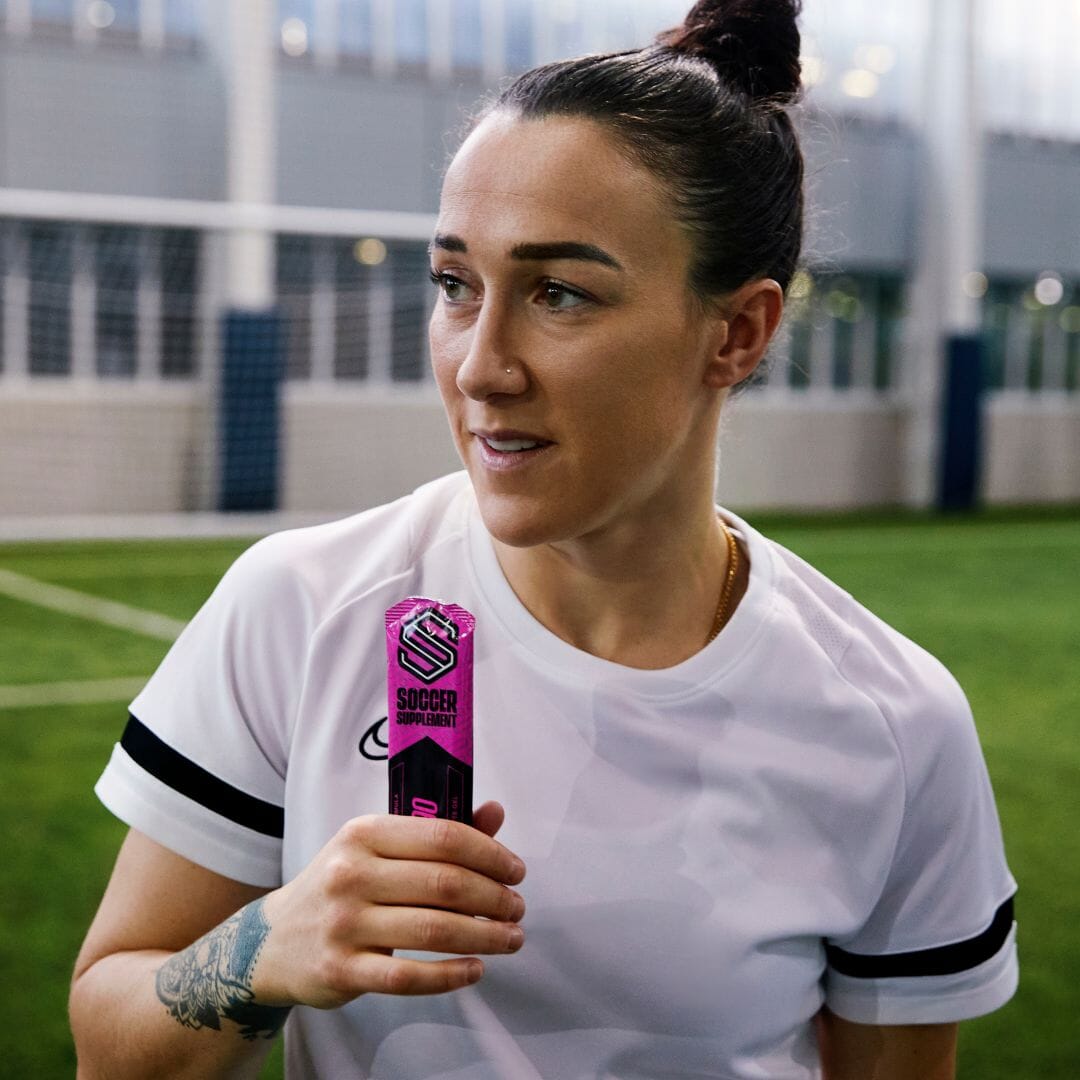Hamstring injuries are common amongst footballers, especially those that have good pace as a major attribute to their performance (e.g. wingers and strikers). An injury audit by Ekstrand et al (2016) reported that hamstring strains are becoming increasingly more common, with a rise of 4% per year since 2001. 22% of all players that were included in the injury audit suffered at least one hamstring injury during a season. This may be down to a number of factors, such as the speed of the game increasing and fatigue caused by fixture congestion. However, there are a number of steps players at all levels can do to reduce their risk of hamstring injury.
Eccentric Strength Training
A lot of research into hamstring strength training and injury prevention in footballers has been based around eccentric loading, where the muscles lengthen under tension. In the case of the hamstrings, the knee will extend (straighten) while resistance is applied. A study by Arnason et al (2008) compared clubs who used an eccentric strength training programme to clubs that did not. The group using the programme reported 65% fewer hamstring injuries than the teams that did not include any eccentric training. This is one of many studies reporting the benefits of eccentric training for hamstring strength, which include exercises such as the Nordic Hamstring Curls. However, it is important to note that eccentric training should be used alongside traditional strength training and not as a replacement.
Recovery
Another ongoing argument, especially in English football, is the need for a winter break. The reason behind this is to allow players to recover and manage fatigue mid-way through the season. Fixture congestion was found to be a major contributing factor to the prevalence of muscular injuries in another injury audit by Bengtsson et al (2013). With domestic league matches alongside cups and international responsibilities for a lot of the players in the English leagues, the number of fixtures in a season can easily surpass 60 games, causing clubs to often play twice in one week. This also filters down to semi-professional football, where non-league teams play several qualifying rounds of the FA Cup before they enter the first round, as well as playing in the FA Vase and their own domestic cups; meaning mid-week games are again very common.
Recovery is therefore vital between fixtures to give the players’ bodies enough time to recharge ready to perform again a few days later. Not only is recovery important for performance, it is also the leading risk factor for injury. Stretching, foam rolling, light exercise (active recovery - light cycling etc.) and cryotherapy (cold therapy e.g. ice baths) are a few methods than can be used to reduce the effects of delayed onset muscle soreness and allow players to manage fatigue before their next fixture.
Sleep and Nutrition
The two most simple but often overlooked factors of reducing the risk of injury are the quality of sleep and nutrition. A study by von Rossen et al (2010) observed the effects of adequate sleep and nutritional intake of 340 elite athletes. They found than getting over eight hours of sleep per day during week days reduced the risk of injury by 61%. Similarly, those who reached a recommended nutritional intake (as per our previous article) reduced their risk of injury by 64%. Tracking sleep each day, maintaining a cool, dark room at night, reducing travel where possible, and avoiding the use of smart devices in the hour leading up to bed can all help a player improve their quality of sleep and improve their performance.
Article by:

Arun Gray
MSc, MSST
Arun provides treatments and rehabilitation programmes for a wide range of injuries and conditions. He offers football specific conditioning, personal training and sports massage as well as fitness testing and injury prevention programmes.
References
Arnason A, Andersen T E, Holme I, Engebretsen L, Bahr R (2008) Prevention of hamstring strains in elite soccer: an intervention study. Scandinavian journal of medicine & science in sports. 18 (1) pp. 40-48.
Bengtsson H, Ekstrand J, Hägglund M (2013) Muscle injury rates in professional football increase with fixture congestion: an 11-year follow-up of the UEFA Champions League injury study. Br J Sports Med. 47 (12) pp. 743-747.
Ekstrand J, Waldén M, Hägglund M (2016) Hamstring injuries have increased by 4% annually in men9s professional football, since 2001: a 13-year longitudinal analysis of the UEFA Elite Club injury study. Br J Sports Med. 50 (12) pp. 731-737.
Rosen P, Frohm A, Kottorp A, Friden C, Heijne A (2016) Too little sleep and an unhealthy diet could increase the risk of sustaining a new injury in adolescent elite athletes. Scandinavian journal of medicine & science in sports.







